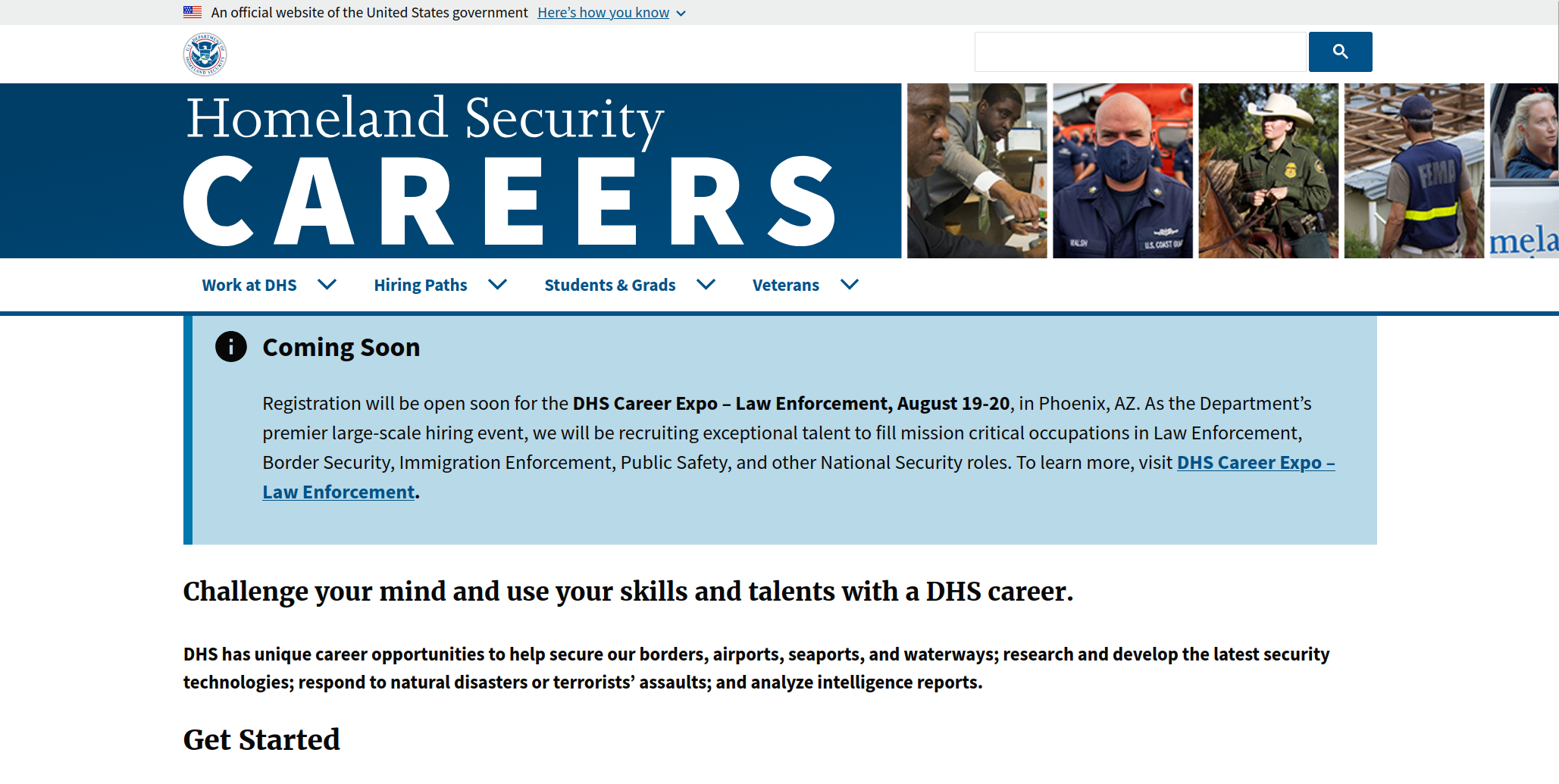How was an entire people groomed to serve one of the most evil regimes of modern history. What happened in those first few years. How did 'they' do it.
There is history on the subject.
"Volksgemeinschaft is a German term meaning "people's community" or "national community," which was popularized by the Nazi Party to promote a racially unified society where individual interests were subordinate to the collective interests of the nation. This concept aimed to eliminate social divisions and create a sense of unity among the German people, while excluding those deemed "undesirable" based on race or ideology."
The Quiet Revolution: How the Nazis Transformed German Society Before the Holocaust Began
When Adolf Hitler rose to power in 1933, Germany did not suddenly plunge into the horror we now associate with the Nazi regime. Instead, the transformation was slow, calculated, and disturbingly quiet. In those first few years, Hitler did not lead with antisemitic vitriol. Instead, he orchestrated a broad cultural and political realignment under the guise of restoring national pride, economic order, and unity. This calculated restraint helped normalize Nazi ideology, paving the way for later atrocities.
At the heart of this effort was the concept of Volksgemeinschaft — a word meaning "people's community." On the surface, it evoked images of unity, equality, and shared purpose. In a nation wounded by the Treaty of Versailles, economic depression, and political chaos, it was a seductive promise. But the term had a darker intent: to construct a society defined not just by unity, but by exclusion — to separate the so-called "true Germans" from those deemed racially or ideologically impure.
Yet contrary to Nazi propaganda, the average German in 1933 did not harbor violent antisemitic sentiments. Jews were neighbors, shopkeepers, veterans of World War I. Many Germans saw no reason to turn against them. Hitler, ever the tactician, quickly realized this and temporarily downplayed his rhetoric against Jews. Public references to antisemitism faded. The focus shifted instead to economic recovery, infrastructure projects like the Autobahn, and job creation — all designed to win trust and gratitude.
This period was critical. With the Jews out of the immediate spotlight, the Nazis began social engineering from the inside out: reorganizing education, rewriting textbooks, infiltrating youth organizations, and purging civil institutions of dissent. People were rewarded for conformity, and encouraged to report neighbors who spoke against the regime. It wasn't hatred that took root — it was obedience.
This subtle reshaping of moral and social norms set the stage for what would later come. After the population had internalized the logic of obedience to the state, exclusion of the "other", and sacrifice of individual will for national unity, it was easy to activate hatred. A few zealots could be counted on to lead the charge. Break shop windows, burn synagogues, and assault Jewish citizens. Once that spell of normalcy was broken, bystanders followed. Once socially conditioned, they felt nothing wrong with believing and doing what they were told.
By the time the Nazis resumed their antisemitic campaign in 1935 with the Nuremberg Laws, their moral groundwork had been laid. The German people had been reshaped into passive participants for a regime that demanded loyalty above conscience. Obedience for the public good. Morals carefully designed to manipulate a population.
The first quiet years, are essential to understanding the Nazi rise. It wasn't rage that made the rise possible. It was manipulation, gradualism, and a deliberate erosion of independent thought. The chilling lesson is that they succeeded.
Denying that America is going Fascist is academic. The signs are there.

We do not have armed gangs roaming the streets, instead we have substitutes that the Austrian painter/bully who sketched the design for the 'Peoples Car' could not afford. Fascists make promises. Then when they can't deliver, they blame somebody else. Done artfully the public then follows their leader into doom.
Who will be the next scapegoat? How artfully will it be done?
This one is from the Holocaust Museum. Not quite as detailed, it covers more ground than the other. A view from a higher altitude.
